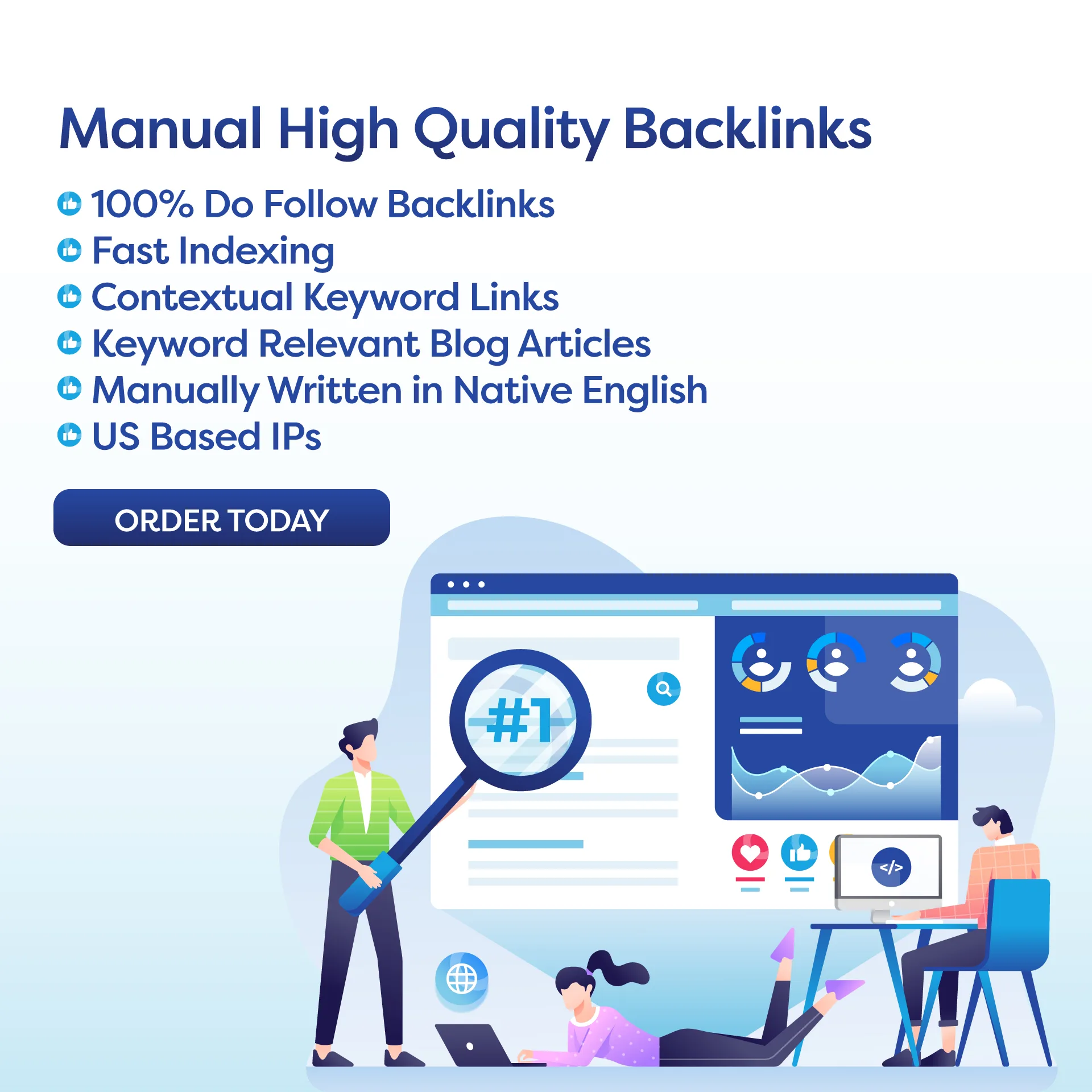Understanding SERP: A Comprehensive Guide to Search Engine Results Pages
Introduction: The Significance of SERP in Digital Marketing
The Search Engine Results Page (SERP) is at the heart of digital marketing and SEO strategies. It’s the canvas on which search engines like Google display the results of user queries. Understanding SERP is crucial for marketers and website owners aiming to enhance their online presence and drive traffic to their sites.
Exploring SERP: Basics and Components
Definition of SERP
SERP stands for Search Engine Results Page. It’s the page that users are directed to after entering a query into a search engine. The SERP layout and the elements it contains can vary greatly depending on the nature of the query.
Key Components of SERP
Organic Results: The listings that appear based on the search engine’s algorithm without paid promotion.
Paid Advertisements (PPC): Ads that appear at the top or bottom of the SERP, marked with an “Ad” label.
Featured Snippets: Boxes that provide direct answers to search queries, often appearing at the top of SERP.
Local Pack Listings: A section of the SERP showing local business listings relevant to the search query.
Knowledge Graphs: Panels or boxes that display concise, structured information about people, places, and things.
How SERPs Impact SEO and Online Visibility
Understanding and optimizing for SERPs is essential for any SEO strategy. Here’s why:
The Relationship Between SERP and SEO: SERPs are the battleground where visibility in search engine queries is won or lost. A deep understanding of SERP components and how to optimize for them can significantly boost a site’s visibility and traffic.
Improving Online Visibility Through SERP: Strategies for enhancing presence on SERPs include:
Optimizing content to appear in featured snippets.
Implementing local SEO practices to rank in local pack listings.
Continuously improving on-page and off-page SEO factors to rank higher in organic results.
Navigating SERP Features and Updates
Staying ahead in the SEO game requires keeping up with the ever-evolving SERP features and updates:
Understanding SERP Features: Familiarize yourself with various SERP features such as rich snippets, People Also Ask boxes, and image/video results to leverage them for increased visibility.
Keeping Up with SERP Updates: Search engines frequently update their algorithms and SERP layouts. Staying informed through SEO news sources and conducting regular SERP analysis can help anticipate and adapt to these changes.
This introduction and exploration into SERPs lay the groundwork for understanding how critical it is to optimize your online content and SEO strategies. The following sections will delve deeper into analyzing SERPs for SEO strategy, leveraging SERP analysis tools, and navigating the complexities of SERP features to improve your website’s search engine ranking and visibility.
For a Professional Flooring Installer website aiming to improve its online visibility through SERP optimization, here’s an illustrative example of how SERP elements can be targeted and optimized to enhance search rankings and attract more potential customers:
SERP Optimization Example for a Professional Flooring Installer Website
Targeting Organic Results
Keyword Optimization: Focus on industry-specific keywords such as “professional flooring installer,” “hardwood flooring installation services,” and “best flooring contractors near me.” Use these keywords strategically in website content, titles, meta descriptions, and URLs.
Content Quality: Publish high-quality, informative content related to flooring installation, including how-to guides, the benefits of different flooring types, and maintenance tips. This content should aim to answer common customer queries and rank in organic search results.
Featured Snippets Optimization
Question-Based Content: Create content that directly answers common questions in the flooring installation industry, such as “How to choose the right flooring type for your home?” or “What is the cost of hardwood flooring installation?” Format these pieces with clear headings and concise, informative answers to increase the likelihood of appearing in featured snippets.
Local Pack Listings
Google My Business Optimization: Ensure the flooring installation business has a complete and optimized Google My Business profile, including accurate contact details, business hours, and a link to the website. Encourage satisfied customers to leave positive reviews to improve local pack visibility.
Local Keywords: Incorporate local keywords and geographical locations into the website’s content and meta tags to improve rankings in local search results.
Paid Advertisements (PPC)
Google Ads Campaign: Create targeted PPC campaigns using Google Ads, focusing on competitive keywords where organic ranking might be difficult to achieve quickly. Tailor ads to highlight unique selling points of the flooring installation services, such as “eco-friendly flooring options” or “free consultation for flooring installation.”
Knowledge Graphs
Schema Markup: Implement structured data markup (Schema.org) on the website to help search engines understand the content and context of the site, increasing the chances of the business appearing in knowledge graphs for branded searches.
Monitoring SERP Position and Adjusting Strategies
SERP Analysis Tools: Utilize tools like SEMrush, Ahrefs, or Moz to monitor the website’s position on the SERP for targeted keywords. Analyze competitors’ rankings to identify new opportunities for content creation or keyword targeting.
Continuous Optimization: Regularly update the website’s content and SEO strategies based on SERP analysis findings, search trends, and algorithm updates to maintain or improve rankings.
This example demonstrates how a Professional Flooring Installer website can leverage various aspects of the SERP—ranging from organic results and featured snippets to local pack listings and paid advertisements—to enhance online visibility. By focusing on specific SERP components relevant to the flooring installation industry and continuously adjusting strategies based on SERP analysis, the business can attract more website traffic, generate leads, and increase conversions.

